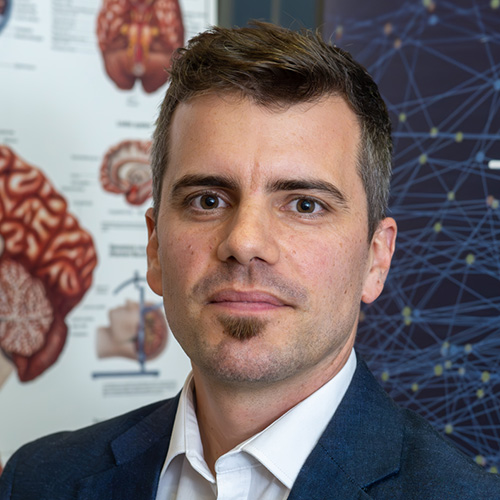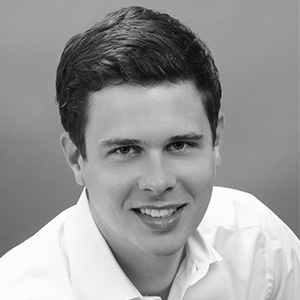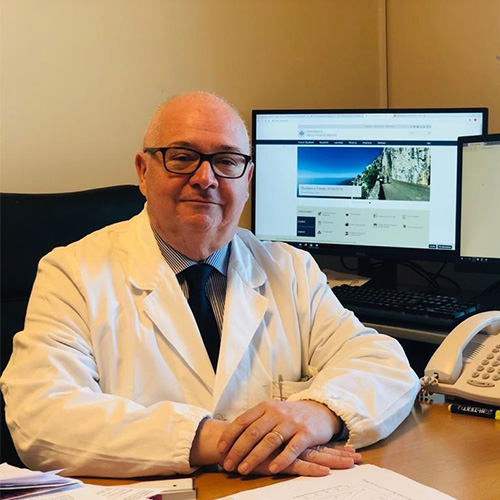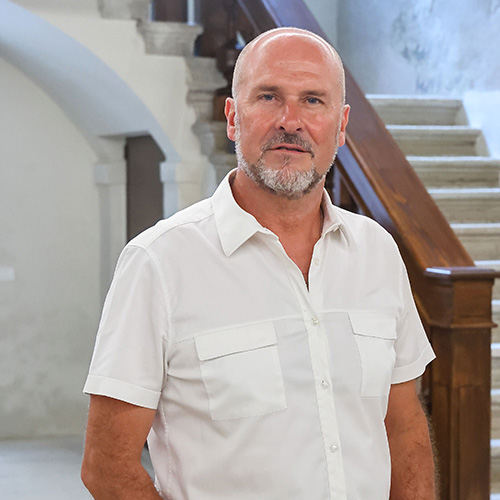Life in space, involving prolonged exposure to hypogravity, is on the brink of becoming a reality. In 2024, the International Space Exploration Coordination Group (ISECG), comprising 27 space agencies, published the Global Exploration Roadmap. This document outlines a unified vision for long-term human and robotic exploration of the solar system.
According to the roadmap, human missions to the Moon are planned for 2027 under the Artemis III mission, while missions to Mars are targeted for 2035. NASA’s current focus is on the Artemis programme, which aims to lay the groundwork for future human exploration of Mars.
The prospect of extended human exposure to hypogravity presents significant challenges to astronauts’ health and performance in such a hostile environment. This workshop will cover the effects of actual and simulated spaceflight on the human body, with a particular focus on the neuromuscular and musculoskeletal systems, oxidative metabolism and mitochondrial function as well as nutrition, motor control, and Lunar locomotion. It will also address the impact of cosmic radiation on biological tissues, the effects of countermeasures, and review methods for simulating hypogravity on Earth.
A team of eight leading international experts in Life Sciences will present cutting-edge insights into these physiological challenges. They will highlight the major obstacles astronauts face during prolonged exposure to space environments, with the ultimate goal of enabling humans to thrive in these extreme conditions.
Date: Tuesday, 1 July
Time: 08:45-11:45
Session room: Tempio 1
Speaker

Prof Uros Marusic
Laboratory for Kinesiological Research
Science and Research Centre
Koper, Slovenia
Brain in Space: How Microgravity Reshapes Neural Control of Movement

Prof Marco Narici
Department of Biomedical Sciences
University of Padova
Padova, Italy
Neuromuscular impairment in simulated hypogravity

Prof Roberto Bottinelli
Department of Molecular Medicine
University of Pavia
Pavia, Italy
Mononuclear resident cells and skeletal muscle homeostasis in disuse: an overview.

Prof Bruno Grassi
Department of Medicine
University of Udine
Udine, Italy
Oxidative metabolism and mitochondrial function in simulated and actual spaceflight

Bert Blaauw
Department of Biomedical Sciences
University of Padova
Padova, Italy
Hibernation as countermeasure for spaceflight muscle athrophy?

Jonas Böcker
Institute of Aerospace Medicine
German Aerospace Centre
Cologne, Germany
Bone in Space: what are we going to do about it?

Prof Gianni Biolo
Department of Medical Sciences
University of Trieste
Trieste, Italy
A Multimodal Intervention to Prevent Muscle Atrophy, Insulin Resistance and Functional Decline During Experimental Bed Rest in Elderly Individuals

Prof Alberto Minetti
Locomotion Physiomechanics Laboratory
Department of Pathophysiology and Transplantation
University of Milan
Milan, Italy
Eight gaits from legged locomotion repertoire on Earth to be reliably adopted on the Moon

Prof Rado Pišot
Institute for Kinesiology Research
Science and Research Centre
Koper, Slovenia
Bedrest: A Ground-Based Model for Simulating Microgravity
Ad memoriam:

Prof Jörn Rittweger
Institute of Aerospace Medicine
German Aerospace Centre
Cologne, Germany
